Table of content
Stir-fried pig stomach, a dish celebrated in many Asian cuisines, is a culinary delight that balances texture and flavor in every bite. When prepared correctly, it offers a harmonious blend of crispy edges and tender chewiness, paired with aromatic spices and fresh ingredients. However, achieving perfection in this dish requires precision, patience, and a deep understanding of the ingredient’s unique properties. This article delves into the secrets of preparing mouthwatering stir-fried pig stomach, from selecting the freshest ingredients to mastering advanced cooking techniques.
Understanding the Ingredient: Pig Stomach
Pig stomach, also known as pork tripe, is a muscular organ rich in collagen and connective tissue. Its texture can vary from rubbery to melt-in-your-mouth tender, depending on how it is prepared. Fresh pig stomach should have a pale pink hue, minimal odor, and a firm, slightly slippery texture. Avoid specimens with discoloration, strong ammonia smells, or excessive黏液 (mucus), as these indicate spoilage or improper handling.
Preparation: The Foundation of Flavor
The key to exceptional stir-fried pig stomach lies in meticulous preparation. Rushing this step can result in tough, chewy meat or lingering off-flavors.
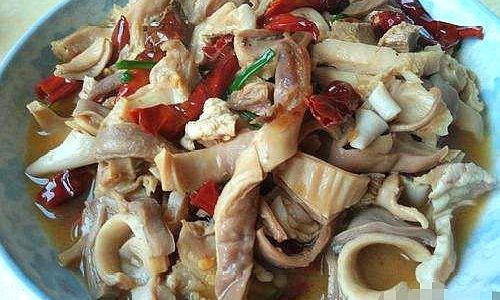
Cleaning and Deodorizing
Pig stomach requires thorough cleaning to remove impurities and reduce its natural gaminess. Begin by rinsing the stomach under cold water, gently scrubbing the inner and outer surfaces with a brush to eliminate黏液. For deeper cleansing, soak the stomach in a mixture of vinegar, salt, and water for 30 minutes. The acidity of the vinegar helps neutralize odors, while salt acts as an abrasive to dislodge debris.
After soaking, rub the stomach with coarse salt or cornstarch, focusing on the inner folds where impurities tend to accumulate. Rinse repeatedly until the water runs clear. Some chefs swear by adding a few slices of ginger or lemon to the soaking water for an extra layer of freshness.
Tenderizing Through Boiling or Blanching
Raw pig stomach is notoriously tough, so tenderizing is non-negotiable. The traditional method involves simmering the stomach in a flavorful broth until tender. Place the cleaned stomach in a large pot, cover with water, and add aromatics like ginger, garlic, scallions, and star anise. Bring to a boil, then reduce to a gentle simmer for 1.5–2 hours, or until a fork easily pierces the meat. This slow-cooking process breaks down collagen into gelatin, ensuring a tender result.
Alternatively, for time-efficient cooking, blanch the stomach in boiling water for 5–7 minutes after cleaning. While this method doesn’t fully tenderize the meat, it removes excess fat and prepares it for marinating or stir-frying.
Slicing Techniques for Optimal Texture
The way you slice pig stomach drastically affects its texture post-cooking. For stir-fries, cut the stomach into thin, uniform strips against the grain. This shortens the muscle fibers, reducing chewiness. Aim for slices approximately 1/8 inch thick and 2–3 inches long. If the stomach is pre-boiled, slice it while slightly cooled to prevent shredding.
Marination: Elevating Flavor and Tenderness
Marinating pig stomach is a critical step that infuses flavor and further tenderizes the meat. A typical marinade includes:
- Soy sauce or light soy sauce: For umami depth.
- Shaoxing wine or rice wine: To mellow gaminess.
- Cornstarch: To create a protective coating during stir-frying.
- White pepper: For a subtle heat.
- Sesame oil: For aromatic richness.
Combine these ingredients in a bowl, add the sliced stomach, and massage gently to ensure even coating. Marinate for at least 30 minutes, or refrigerate overnight for maximum flavor penetration.
Stir-Frying Mastery: Fire, Timing, and Technique
Stir-frying pig stomach demands high heat and rapid cooking to achieve the coveted crispy-tender texture. Here’s how to execute it flawlessly:
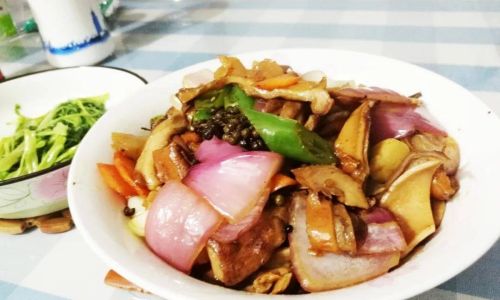
Wok or Skillet Selection
Use a carbon-steel wok or a heavy-bottomed stainless-steel skillet. These tools retain heat efficiently, ensuring even cooking and preventing the meat from steaming instead of searing.
Preheating and Oil Temperature
Heat the wok over high heat until it begins to smoke. Add a neutral oil with a high smoke point, such as peanut or vegetable oil. The oil should shimmer but not smoke—this indicates it’s hot enough to sear the meat without burning.
The Two-Step Searing Method
For restaurant-quality crispiness, employ a two-step searing process:
- First Sear: Add the marinated stomach to the wok in a single layer. Allow it to cook undisturbed for 1–2 minutes until the edges caramelize. Flip and repeat on the other side.
- Second Sear: Remove the meat, drain excess oil, and return the wok to high heat. Add a fresh tablespoon of oil and re-sear the stomach for another minute. This double-searing technique creates a deeply browned exterior while locking in juices.
Aromatics and Seasonings
Stir-fries thrive on layered flavors. After searing the stomach, add minced garlic, ginger, and dried chili peppers. Toss briefly to release their aromas without burning. For a spicy kick, incorporate sliced fresh chilies or a dash of chili oil.
Vegetable Pairings
Balance the richness of pig stomach with crisp vegetables. Classic pairings include:
- Bell peppers: For sweetness and color.
- Onions: Caramelized for depth.
- Celery: For a refreshing crunch.
- Wood ear mushrooms: For earthy umami.
Add vegetables after the aromatics and stir-fry until tender-crisp.
Sauce Integration
The final touch is a glossy, flavorful sauce. Combine:
- Oyster sauce: For briny sweetness.
- Dark soy sauce: For color.
- Sugar: To balance acidity.
- Chicken broth or water: To thin the sauce.
Stir the sauce into the wok, tossing vigorously to coat all ingredients. For a glossy finish, swirl in a teaspoon of cornstarch mixed with water (slurry) and cook until the sauce thickens.
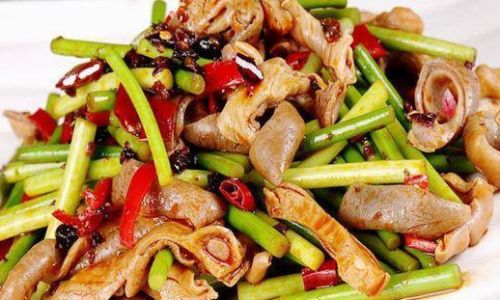
Advanced Techniques for Enthusiasts
Velveting Method
For ultra-tender results, velvet the pig stomach before stir-frying. Marinate the meat as usual, then coat it in a mixture of egg white, cornstarch, and oil. Briefly blanch in simmering water, then shock in ice water. This technique seals in moisture and creates a silken texture.
Smoking
Infuse the dish with smokiness by adding a tea-smoked element. After searing the stomach, line the wok with foil, sprinkle with rice, sugar, and tea leaves, and heat until smoking. Place a rack over the smoking mixture, add the stomach, and cover tightly for 5 minutes. The result is a complex, aromatic flavor profile.
Fermented Ingredients
Elevate the dish with fermented black beans or doubanjiang (spicy bean paste). These ingredients add depth and complexity, cutting through the richness of the meat.
Common Pitfalls and How to Avoid Them
- Tough Texture: Overcooking or insufficient tenderizing. Always simmer the stomach until tender before stir-frying.
- Gaminess: Inadequate cleaning or marinating. Use vinegar and salt during cleaning, and marinate thoroughly.
- Soggy Stir-Fry: Overcrowding the wok. Cook in batches to maintain high heat.
- Bland Flavor: Under-seasoning. Layer flavors with marinades, aromatics, and sauces.
Serving Suggestions and Pairings
Stir-fried pig stomach pairs beautifully with:
- Steamed jasmine rice: To soak up the sauce.
- Crispy noodles: For added texture contrast.
- Pickled vegetables: To refresh the palate.
- Fresh herbs: Cilantro or Thai basil for brightness.
In Chinese cuisine, it’s often served as part of a multi-course meal, while in Vietnamese pho, sliced pig stomach adds a luxurious touch to broth.
Regional Variations
- Sichuan Style: Incorporates doubanjiang, Sichuan peppercorns, and numbing spice for a fiery kick.
- Cantonese Style: Focuses on freshness, with light soy sauce and ginger.
- Thai Influence: Adds fish sauce, lime, and basil for a tangy twist.
Conclusion
Stir-fried pig stomach is a dish that rewards patience and technique. By mastering the cleaning, tenderizing, slicing, and stir-frying processes, you can transform this humble ingredient into a restaurant-worthy masterpiece. Whether you prefer it crispy, tender, or spicy, the key lies in balancing tradition with innovation. So fire up your wok, gather your ingredients, and embark on a culinary journey to savor the magic of pig stomach done right.
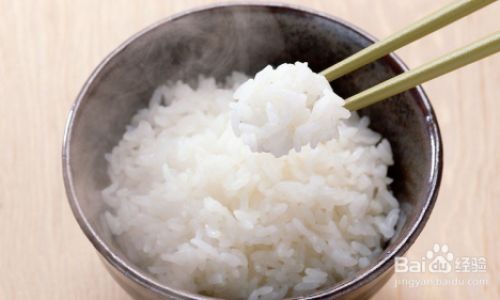

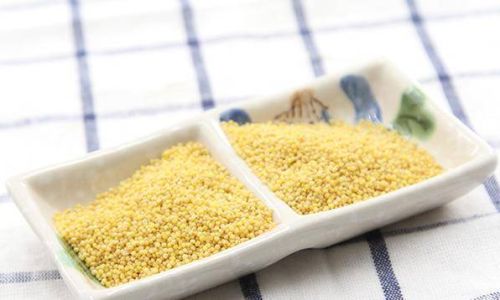
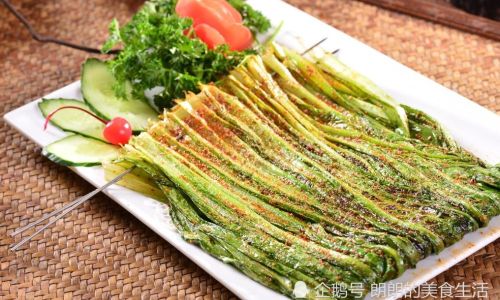


0 comments